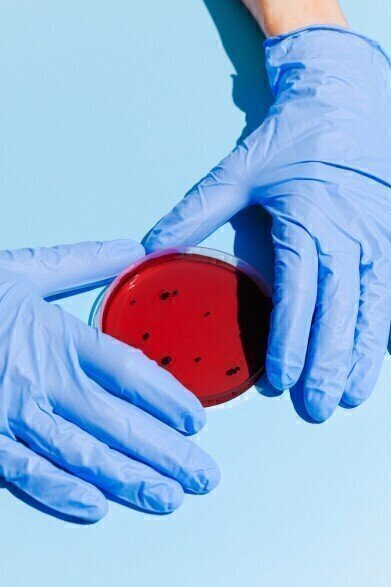Liquid Chromatography
A Brief Introduction to LC-IR
Feb 18 2022
When it comes to hyphenated techniques, LC-IR is perhaps one of the lesser known and less-used methods. However, as time goes on, we’re seeing new applications found for the technique – and new ways of coupling them.
Read on as we take a closer look at LC-IR and its uses.
What are LC and IR?
For the uninitiated, LC-IR stands for liquid chromatography infrared spectroscopy – combining both of the named techniques. Liquid chromatography is a well-known method of separating mixtures into individual components. It has a wide range of applications, from pharmaceutical development and medical diagnosis to legal cases, sports testing and even food production.
Going a little further, LC can be improved by the use of high pressure, which is known as high or ultra-high pressure liquid chromatography (HPLC or UHPLC). The challenges of these methods are discussed in ‘Troubleshooting Retention Time Changes in (U)HPLC – a Systematic Approach’.
On the other hand, infrared spectroscopy is used to characterise functional groups. It relies on the different frequencies absorbed by molecules related to their structure. IR spectroscopy has strong capabilities for identifying compounds, especially when it comes to differentiating structural isomers.
Combining the two
There are multiple ways to couple LC with IR spectroscopy, the simplest of which is using a flow cell. IR spectra are continuously measured while the LC column’s effluent is passed through the flow cell. This has various benefits including ease of use, low maintenance and real-time detection.
Unfortunately, IR-absorption of commonly used LC solvents makes it slightly less appealing, limiting detection sensitivity and how much spectral information can be obtained.
Another option is to eliminate the LC solvent before IR detection is used. In this case, an interface evaporates the effluent before depositing compounds onto a substrate for IR spectroscopy. It allows enhanced sensitivity but does come at a cost to ease of operation.
LC-IR applications
With the capability to separate complex mixtures and characterise different molecules, LC-IR has a number of potential applications. One such use is in environmental analyses, where trace amounts of pollutants need to be detected and analysed. LC-IR has been used to identify trace amounts of herbicides in water samples, with solvent elimination applied to enhance sensitivity.
Another use is for the characterisation of bacteria, which extends to medical, food, agricultural and even military applications. Using LC’s separation capability alongside the conventional method of FT-IR, researchers obtained clean spectra of cellular components. That enables a better understanding of the compositional makeup of various bacteria.
Digital Edition
Chromatography Today - Buyers' Guide 2022
October 2023
In This Edition Modern & Practical Applications - Accelerating ADC Development with Mass Spectrometry - Implementing High-Resolution Ion Mobility into Peptide Mapping Workflows Chromatogr...
View all digital editions
Events
ACS National Meeting - Fall 2024
Aug 18 2024 Denver, CO, USA
Sep 04 2024 Chiba, Tokyo, Japan
Sep 04 2024 University of Warwick, Coventry, UK
Sep 10 2024 Rockville, MD, USA
Plastics Recycling World Expo Europe
Sep 11 2024 Brussels, Belgium













